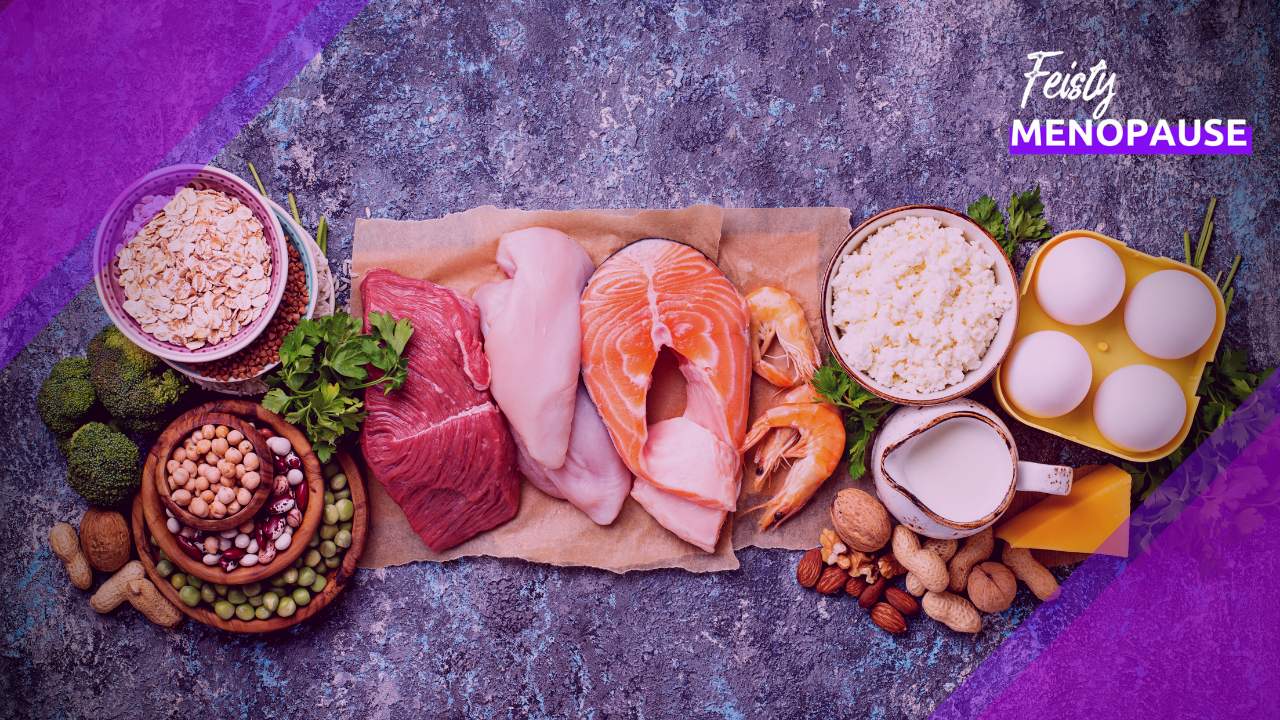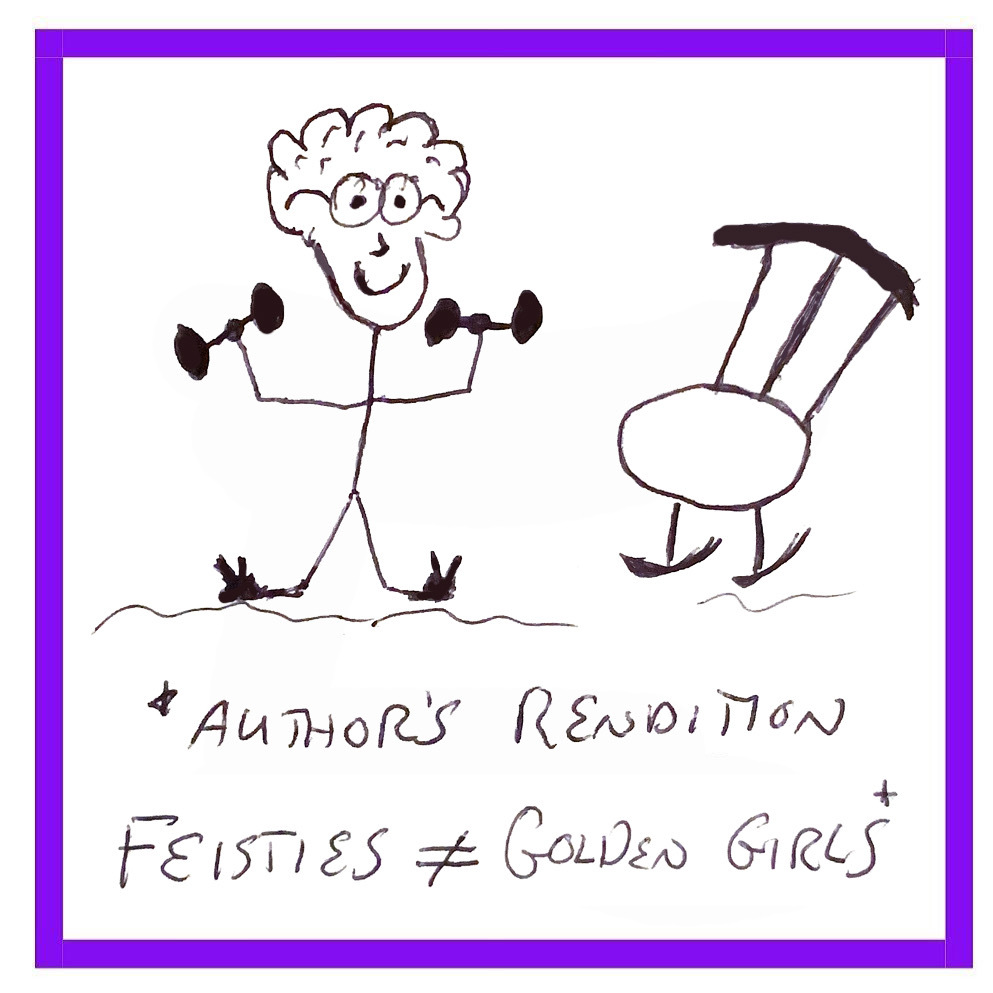
Protein for Women & The Power of Calling People In
Apr 28, 2021by Selene Yeager
I woke up the other morning, stretched out, and reached for my phone as one does, to check the news and socials and ease into the day.
Waiting in my DM’s were a few notes from listeners and readers pointing me to an Instagram post by a popular sports nutritionist (Asker Jeukendrup, a sports nutrition scientist, Ironman triathlete, and founder of mysportscience, who I know personally and greatly admire) titled: “Protein intake advice for older athletes.”
The post was done infographic style, with cartoon images depicting women master athletes. One was standing by a loaded barbell and a tub of casein powder. Another was karate kicking. You get the idea. The message was that “master athletes nearing 50” likely need more protein than they did before and more than the standard recommendations.
Great message. But the images? In keeping with copyright rules, I won’t cut and paste them here. But let’s just say they looked a bit like this (sans rocking chair and bunny slippers...Picture a sporty Shoebox Card Granny--which is a stereotype to cover another day!--and you get the idea):

I looked at the images and read the text again….“Master athletes nearing 50?”
1985 called and they want their Golden Girls stereotypes back, I thought. The women who DM’d me the post were equally bummed out.
“I really like Asker’s work. But...why does he depict ‘senior women’ as a caricature of a dynamic granny? Look at us, roaring ‘senior women’ :joy:…I almost posted something, but don’t want to be aggressive about it. Sometimes it’s hard to be ‘pedagogical’ on these issues,” one woman wrote.
She didn’t want to call him out. Neither did I, because Asker is a good human and does valuable work. So I took a page from Live Feisty’s founder Sara Gross’ playbook: I decided to “call him in.”
That is, instead of putting him on blast and saying, “WTF is up with these antiquated stereotypes?!” I sent a note, calling him in, and inviting him to see the post from my and other like-minded women’s perspectives.
In my note, I explained that I love the message of this post, which I do, I mean we absolutely need more protein. My concern, I explained, is that we’ve been working hard to change the conversation around and the perception of women in their menopausal years, and well, the archaic images left me feeling a bit deflated.
He got back to me immediately and we had a great discussion. Ultimately, there had been a bit of a disconnect between the related blog post, which included research on athletes 80 years old and older, and the infographic, which only mentioned “athletes nearing 50.” His team went with those stock images, thinking them lighthearted. But when I explained that they land a little more heavily for those of us who have been on the receiving end of truly negative messaging for decades, he got it.
As a 52 year old man who also wants to change the perception of aging himself, Asker was glad that I’d reached out. And I left the conversation feeling like I’d made an ally. And while I’m a little bit bummed they didn’t swap out the image for a better one, we had a good dialogue and I feel like he’ll give the impact of those images some extra thought in the future. And that is ultimately the goal of calling people in—or at least trying to—rather than calling them out.
Speaking of protein: Asker’s post was spot on regarding masters (aka 40+) athletes and protein needs. We simply need more than we did in our younger years to get the same training adaptations.
According to Dr. Stacy Sims, whose life’s work is women’s specific sports nutrition and physiology, at this point we should be skewing our diet to prioritize protein. So in general, you’ll be eating a little less carbohydrate and a little more protein and fat than you might have premenopause.
The range of protein for women in the menopausal transition is 2 to 2.4 grams per kilogram of body weight, aiming for the lower end on easier days and the higher end on very heavy training days. (1 kilogram = 2.2 pounds, so to figure your weight in lbs to kg, just divide by 2.2.)
So a 140 pound active woman would need at least 130 grams of protein most days. Since your body responds best to even protein distribution throughout the day, try to get 30 to 40 grams of protein at each meal and 15 to 20 at your snacks. Aim for your biggest protein hit—about 30 to 40 grams—for right after you train.
It’s always best to get protein from real foods. But on heavy training days when your needs are particularly high, a protein powder supplement can help. Whey isolate has the best bioavailability. Avoid soy based powders. They do not contain enough leucine for post-menopausal women to promote muscle synthesis.
Or you can follow Dr. Sim’s lead and make a protein-packed recovery smoothie. She’ll often mix up a blend that includes a wide variety of nutrient-dense protein sources like frozen cauliflower, fresh spinach and kale, Greek yogurt, nut butter, and mixed seeds like hemp and chia. (That combo alone delivers 30 to 40 grams of protein!)
Speaking of diets and protein, this week on Hit Play Not Pause we talk with dietician Dina Griffin about protein intake, learning to listen to your body, the role of metrics, and more.
Get Feisty 40+ in Your Inbox
We hate SPAM. We will never sell your information, for any reason or send you emails that suck!

